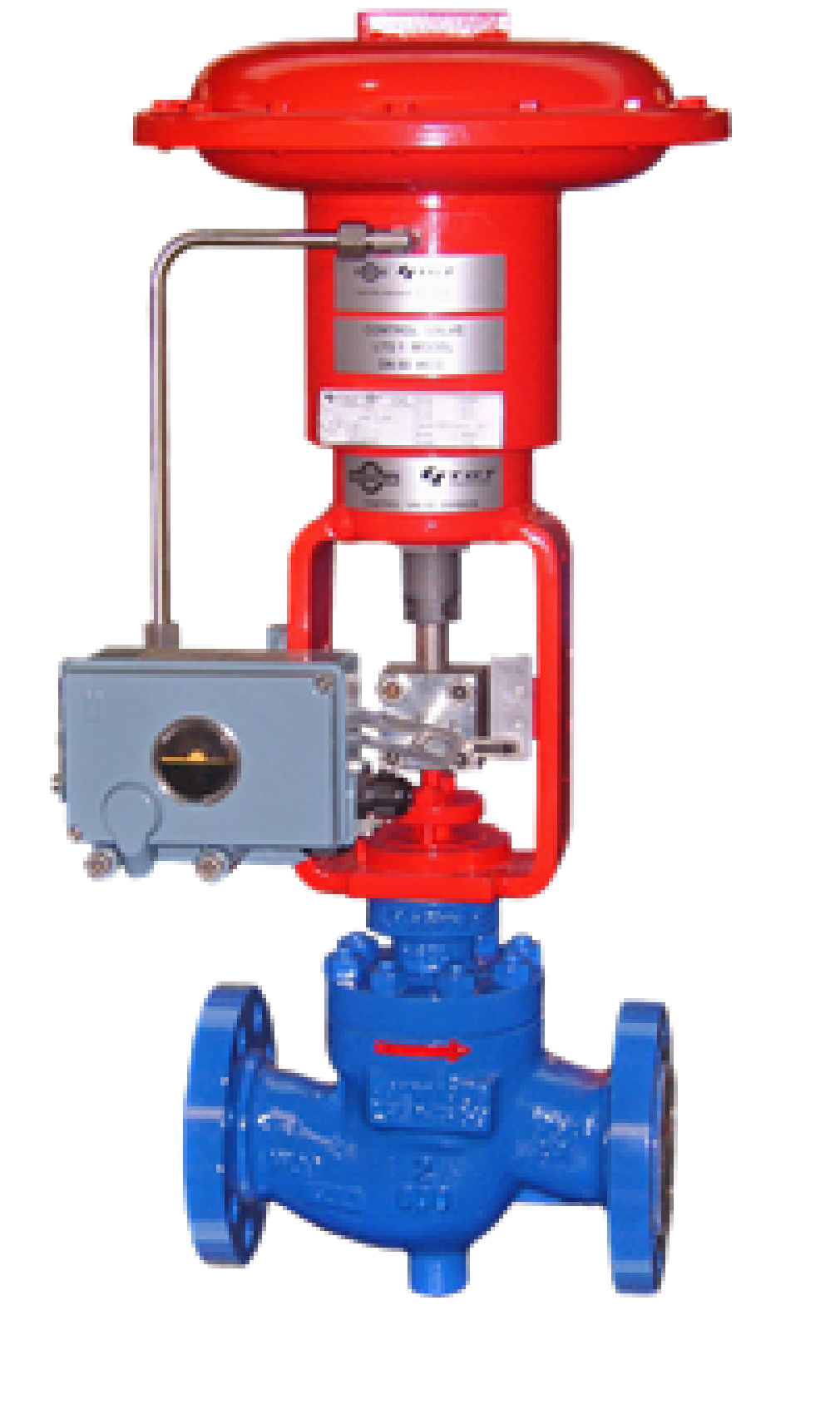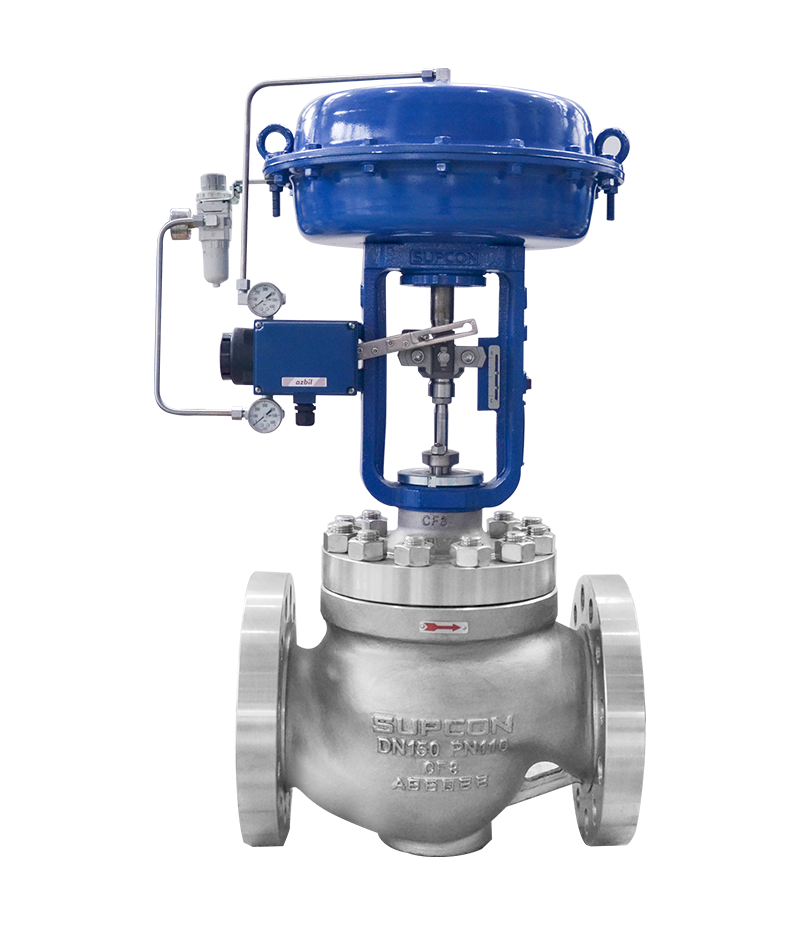The Role of Control Valves in Fluid Circulation Management Systems
The Role of Control Valves in Fluid Circulation Management Systems
Blog Article
Maximize Power Financial Savings and Convenience With Advanced Structure Automation Controls
In the realm of contemporary style and facility administration, the assimilation of advanced building automation controls stands as a critical improvement. The merging of innovation and sustainability has birthed a new age where energy effectiveness, comfort optimization, and functional streamlining are no more far-off desires however achievable realities. By using the power of automation, buildings can adapt, respond, and advance in means that were once unimaginable. The potential for significant energy savings and enhanced convenience is not simply an opportunity however a guarantee waiting to be satisfied. This paradigm shift in building monitoring holds the vital to unlocking a world where environmental conscientiousness and passenger health sympathetically coexist within the wall surfaces of our structures.
Power Effectiveness Conveniences
Power performance advantages can dramatically reduce energy intake and functional costs in structures. By applying energy-efficient methods and technologies, structure proprietors and operators can accomplish considerable cost savings while likewise adding to ecological sustainability. One of the primary benefits of boosting power efficiency in buildings is the decrease of energy costs. Energy-efficient systems, such as advanced structure automation controls, can enhance making use of resources like illumination, home heating, and cooling, causing lower energy expenses gradually.
Furthermore, boosted power effectiveness can prolong the lifespan of building equipment and systems. By operating a lot more efficiently, cooling and heating systems, lighting fixture, and various other structure components experience much less wear and tear, resulting in minimized upkeep and replacement prices. Furthermore, energy-efficient buildings often command higher property worths and rental prices, offering long-lasting monetary benefits to owners.
Additionally, energy performance can boost resident comfort and productivity. Correctly managed interior settings with optimum lights and thermal problems create a more favorable and pleasurable work space, causing enhanced employee fulfillment and performance. In general, the power efficiency benefits connected with innovative building automation controls are multifaceted, including price savings, environmental stewardship, and passenger health.
Enhanced Comfort Control
Enhancing comfort control in structure atmospheres needs a sophisticated assimilation of sophisticated automation systems for optimum passenger wellness. By using advanced structure automation controls, facilities can tailor the indoor setting to satisfy the certain requirements and preferences of occupants. control valves.
By incorporating these sophisticated controls, buildings can not just boost comfort however additionally boost power performance by enhancing system procedures based on actual occupancy and use patterns. Inevitably, focusing on resident convenience through advanced automation systems leads to an extra delightful and healthier interior setting.
Operational Performance Improvements

Additionally, the application of real-time surveillance and analytics tools makes it possible for structure operators to identify power ineffectiveness and operational abnormalities quickly. By constantly keeping track of energy usage patterns Click This Link and system efficiency metrics, changes can be made in real-time to maximize power usage and ensure peak operational effectiveness. control valves. Additionally, including demand response methods right into structure automation controls can further improve operational effectiveness by dynamically readjusting power use based on grid conditions and pricing signals
Indoor Climate Optimization
Effective interior environment optimization is a fundamental element of building automation controls, making sure owners' comfort and wellness while optimizing power savings. By utilizing sophisticated sensors and controls, building automation systems can continuously keep an eye on and change temperature level, humidity levels, air quality, and ventilation to create an optimal interior setting. Keeping comfortable and constant conditions not only improves resident fulfillment however likewise increases productivity and overall well-being.
Interior environment optimization additionally plays a crucial duty in power performance. By fine-tuning air flow, heating, and air conditioning systems based on real-time data and tenancy patterns, building automation controls can dramatically minimize power intake - control valves. For instance, executing techniques such as demand-controlled air flow and thermal zoning can assist minimize power waste while making sure Check This Out that each area of the structure receives the essential conditioning.

Sustainable Environment Creation
Structure automation manages not just enhance indoor climate problems for power effectiveness and owner convenience yet likewise lay the foundation for creating a lasting atmosphere via tactical administration of resources and systems. By incorporating advanced building automation innovations, such as sensing units, actuators, and smart software, facilities can check and readjust power usage in real-time to minimize waste and decrease their carbon footprint. These systems enable anticipating maintenance, recognizing possible issues before they escalate and optimizing devices performance to enhance durability and performance.
In addition, lasting atmosphere production expands past power administration to include water conservation, waste reduction, and indoor air top quality renovation. Structure automation controls can control water use, discover leakages, and make certain appropriate waste disposal techniques, contributing to total sustainability efforts. Additionally, by checking and regulating ventilation and filtering systems, these modern technologies boost passenger wellness and productivity while reducing power consumption associated with cooling and heating operations.
Verdict
In verdict, advanced structure automation regulates deal considerable advantages in regards to energy financial savings, comfort control, operational performance, indoor environment optimization, and developing a lasting atmosphere. By carrying out these controls, buildings can accomplish ideal performance while decreasing power intake article source and boosting passenger comfort. It appears that making use of innovative automation technology is vital in improving building efficiency and creating a more sustainable future.
Energy effectiveness benefits can substantially lower power intake and functional expenses in buildings. Overall, the power performance benefits connected with innovative structure automation controls are complex, incorporating price financial savings, environmental stewardship, and passenger wellness.
Additionally, incorporating demand reaction strategies into building automation controls can even more boost operational efficiency by dynamically adjusting power usage based on grid conditions and pricing signals.
Structure automation controls not just optimize interior climate conditions for power efficiency and occupant convenience however also lay the foundation for producing a lasting environment with tactical management of systems and resources.In verdict, advanced structure automation controls deal significant advantages in terms of energy cost savings, comfort control, operational performance, indoor environment optimization, and developing a sustainable setting.
Report this page